Shane Mansfield has worked in online marketing for the last 10 years, with seven of those being in events related industries. He has worked in both business-to-consumer and business-to-business environments with a focus on customer acquisition. He is currently Marketing Director at ticketscript, and is a Google qualified partner.
Predicting the future is never easy, but it’s always fun. It allows for daring thought and creativity, and excessive smugness if you’re right. Event technology is a great sector to predict as the pace of change is so fast. One thing to remember is that you must always be sure that the event technology you’re applying is right for your festival. Whether it’s a new tool, marketing product or event partner, make it work for you. With that in mind, how can you use new technologies to get the most out of your event?
Before the festival: data, data, data
You should be gathering customer data and using software that allows you to analyse all this information. When you’re asking for customer information during the ticket purchase process, consider requesting more than an email address so you can start to understand more details about your audience.
Google Analytics is still the best (free) tool that you can use which compiles all of the data that is constantly being collected on your website (i.e. your ticketshop). It’s extremely important to monitor this data before your event so you can ensure your promotional efforts are best suited for the intended audience. You might notice that a lot of your traffic is coming from mobile, yet you haven’t optimised your website for mobile and could be missing out on crucial sales. Aside from Google Analytics, there are several other options available to help with data collection depending on what your objectives are and your budget:
- Mixpanel: it’s a great option to measure the engagement of apps and mobile sites. You can start using it for free.
- Facebook Insights: this has improved a lot with the addition of the new tracking pixel.
- Adobe Analytics: if you have money, it’s probably the best analytics package you can get.
During the festival: really real time
There is technology currently available that allows you to make a festival more efficient, either by controlling the entry / access points, simplifying payments, or creating a customised and unique experience.
Some current examples include:
Entry / access points: Once new technologies like RFID and NFC reach a point of mass market penetration, we’ll see the evolution to a more digitally focused event entrance. Printed tickets will become a thing of the past, scanning becomes less important and movement of people becomes more fluid.
Movement of people: it’s important to know how your audience acts in the festival – where they are, what they do and what they don’t do. If you use beacons – which are possible thanks to RFID technology – you’ll be able to get all this information. What for, you ask? Imagine you have a huge crowd gathering in one particular bar, whilst another bar barely receives any people – you can move staff to where it matters most.
Forget about wallets: working with cashless removes the lengthy transaction process for the customer and also any problems with financial reconciliation. Win-win!
Optimise your festival: with all the above information you will be able to make changes during the festival or overnight in order to provide the best experience for the attendees. Whether it’s increasing staff numbers in a particular bar, changing the distribution of toilets, or looking for a new route between two stages that are experiencing the most traffic.
There’s still a long way to go, but it seems that RFID, beacons and cashless are inevitable now. The only thing delaying their full application is the law of diffusion. The moment software reaches a market penetration of 30% you have a critical mass. This critical mass coupled with the same market penetration of smartwatches and boom, you have it. That will be the true year of everything ‘less’ – cashless and ticketless.
After the festival: communicating with robots acting like humans
By ‘robots acting like humans’, we mean automated programs. In other words, once the festival is over you can send an automated, personalised email or a message to every person that attended where you can thank them, give them a discount code, a link to watch the performances again, or provide information of your annual programme. Of course, you will only be able to do that if you have gathered information about your audience, as I said in the beginning. Consider the following:
- Be neat and clean: you need to know where the data comes from and make sure it’s updated.
- Efficient systems: you should have a good CRM and a marketing automated tool, such as Marketo, Pardot or the cheapest version: Act-On.
- Remarketing: due to new legislation, remarketing is likely to go through a significant change in the coming year. It will still have value, but it’s likely to become much lower in volume due to restrictions in data usage and targeting. This means you’ll need to be more targeted in offsite activity which will lead to a great use of onsite targeting. This nicely leads us to…
- Customised content: imagine a website that changes every time you visit it, adapted to your interests, and based on your clicks. Amazing right? Based on these ‘micro-moments’ we’ll see adaptive websites become more prevalent.
Embracing data shouldn’t be seen as a negative. If we make sure we value our data, and the data of others, and use it for mutual beneficial means we’ll quickly see advances in the implementation of new technologies. It’s all about using data ethically, responsibly and with a clear goal: providing a customised and unique experience for each festivalgoer.

